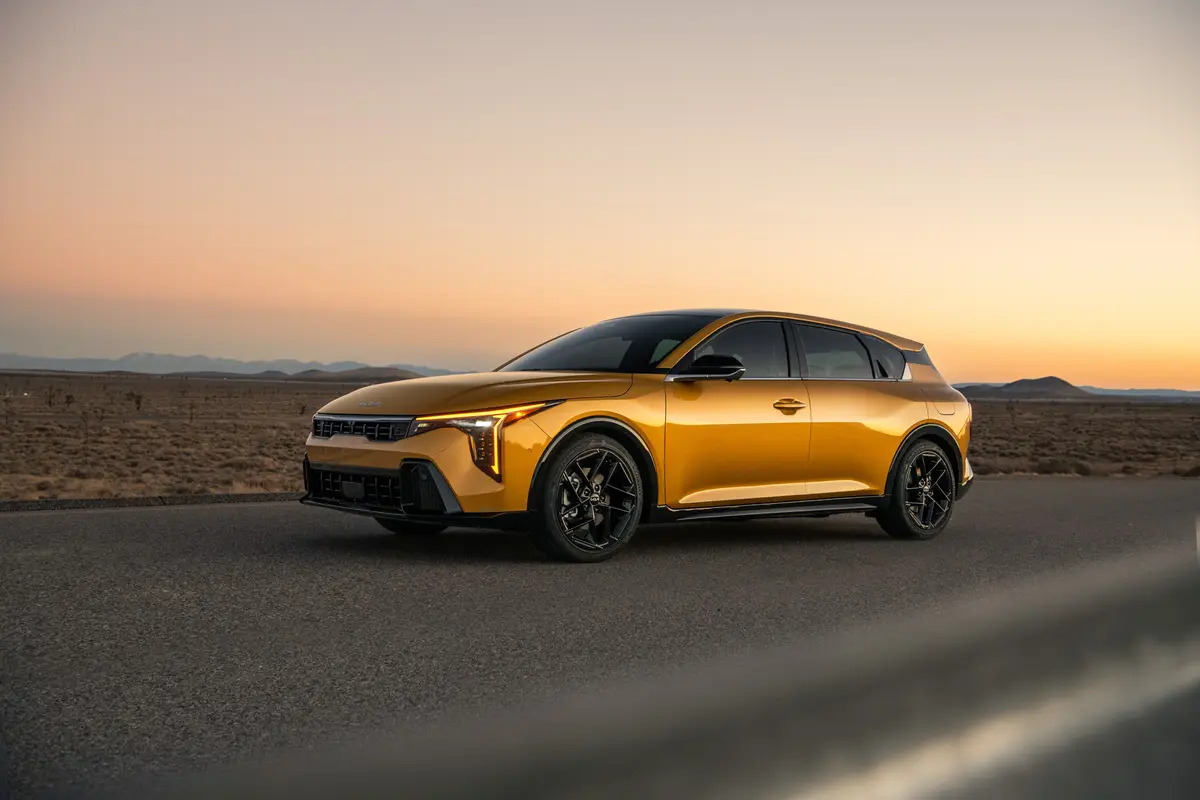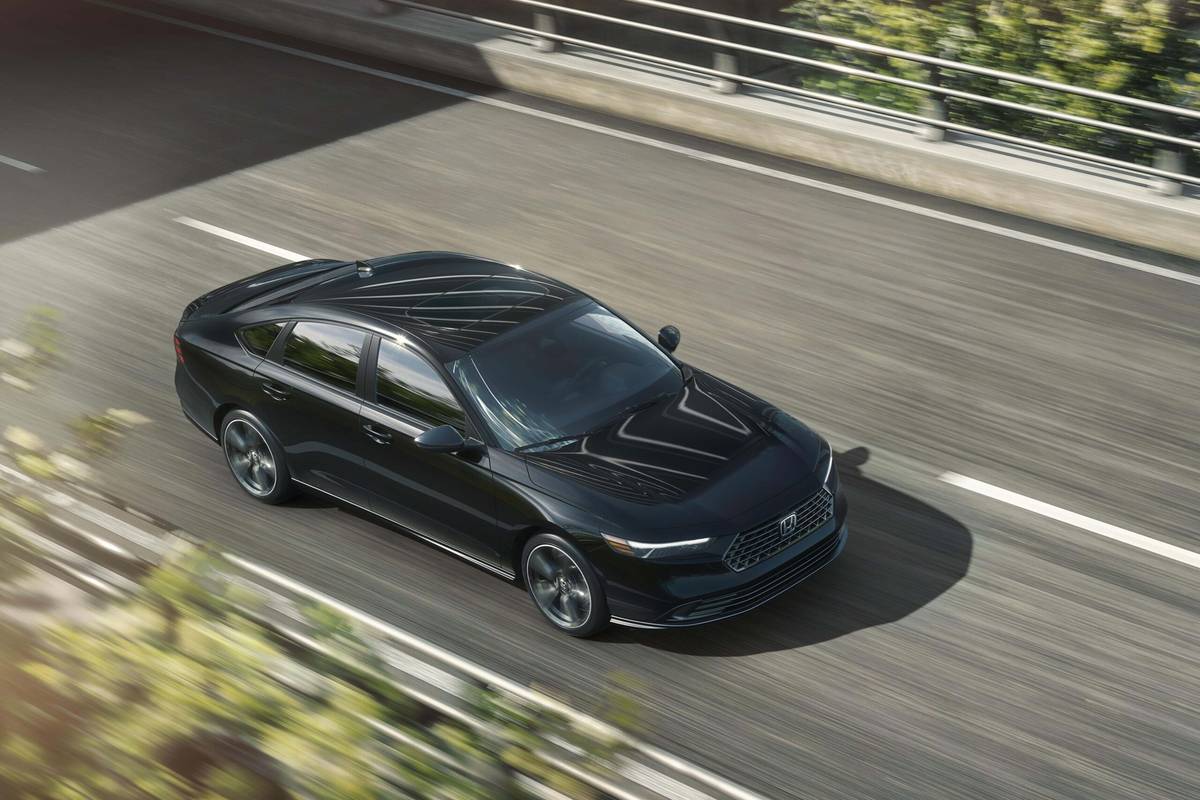washingtonpost.com's view
Americans are peak users. We build and buy big houses, just in case we need the extra space. We arm our military services to a fare-thee-well, sometimes providing weapons the services haven’t requested, just in case we need the bombs. We build some of the word’s biggest and best sport-utility vehicles, giving them all kinds of capabilities and amenities, just in case we have to escape to the mountains at theater time.
Is it any wonder, then, that General Motors Corp. would develop one of the most capable, most luxurious sport-utility vehicles ever — the 2002 GMC Envoy XL?
Yes, the Envoy is a gilded lily. Its body structure and many of its components are shared with the generally less expensive Chevrolet TrailBlazer. But the Envoy is more than a work of badge engineering, which amounts to nothing more than using different nameplates on identical cars and trucks.
The old GM would have done that sort of thing, which is how the old GM got into trouble. The new GM is a much better company.
Economic common sense requires that all automakers use as many common parts as possible to help reduce vehicle development and production costs. Marketing common sense dictates that those vehicles be as different as possible in terms of customer perception.
The old GM had no marketing sense. It had something called “brand management,” which worked well for the managers but did nothing to sell products. The new GM has mastered the art of apparent diversification — altering closely related vehicles enough to appeal to different buyers at different prices. The proof is in the TrailBlazer and the Envoy, which appeal to psychically different groups.
For example, TrailBlazer buyers fit into what might be called the Just Folks League (JFL). They are peak users, too. They want a pickup truck or an SUV that can tow trailers weighing 5,800 to 6,400 pounds.
Occasionally they would like to traverse unimproved mountain roads and ford streams. Surely they want to be prepared for the next killer snowstorm, or for torrential rainfalls that can turn roads into swamps and rivers. No true peak user wants to be stranded in a two-wheel-drive sedan in that kind of weather.
But unlike their brethren in the GMC Envoy, most TrailBlazer peak users are not obsessed with finery. Envoy buyers, on the other hand, are OKOPs (Our Kind of People). They prefer going to privately operated shelters in a natural or man-made disaster. To suffer is one thing. To suffer without leather, brushed aluminum, wood-grain accents and almost every conceivable amenity is something else. Envoy people are beyond bottled water. They’d much prefer wine and cheese in a pinch.
Understandably, the executives and marketers at GMC, GM’s “professional grade” truck division, are reluctant to describe their peak users that way. What some malcontents see as greed, GMC’s marketers see as virtue.
“W hat we’ve heard from our customers is they desire an SUV that can handle anything without compromising interior roominess and comfort,” said Tony DiSalle, the GMC Envoy’s marketing chief. “The new Envoy finally gives customers what they’re looking for — an SUV with an unmatched performance that is also surprisingly comfortable.”
Objectively, it is hard to argue with DiSalle’s assessment. The tested Envoy XL model is a sumptuous, well-crafted piece of work. The seat leather is supple. The instrument panel, with its chronograph-type gauges, has a trapezoidal shape consistent with the Envoy’s exterior design. Floor space is uncluttered, allowing passengers to move around easily.
Lately, one of the biggest challenges in developing SUVs has been to give them limo-like rides on the highway without undermining their off-road toughness as trucks. Some auto companies have faked success in this endeavor by giving their luxo-SUVs modest all-wheel-drive capability and t en suggesting to buyers that those motorized dandies are perfectly capable of handling mud and rocks in the rough. The truth is, buyers of those sub-SUV models should keep them on the streets.
But the Envoy, properly equipped with items such as underbody skid plates, can kick it in the boonies. Its body-on-frame construction — featuring a new, stiffer frame — contributes to better handling and helps to keep it stable in unstable driving environments. Its big, 17-inch-diameter cast-aluminum wheels, shod with premium Michelin tires, enhance its footing. The Envoy’s 270-horsepower V-6 engine is more than enough to pull it out of trouble.
GM and its GMC truck division have done a good job here. But that’s from the perspective of a truck lover. Opponents of this kind of well-done excess might see the Envoy as an emissary from the Dark Side, sent to seduce all those who love hating SUVs. That would make it a peak-use vehicle of another sort.
Latest news



